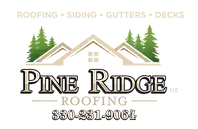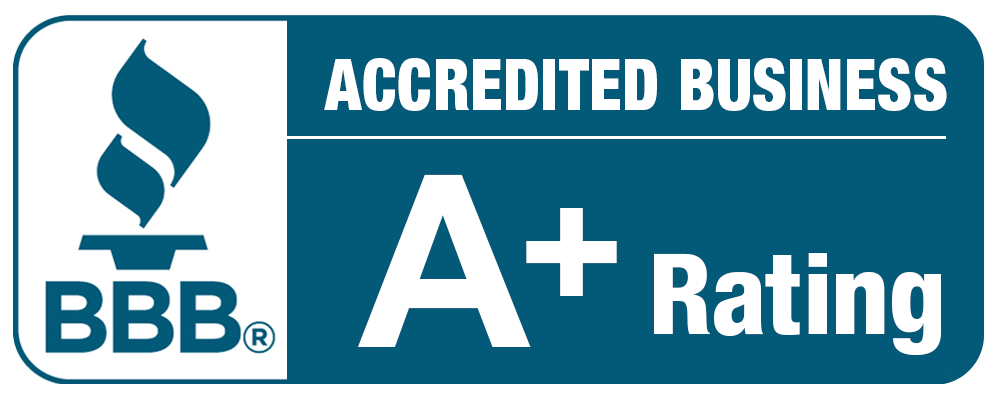Plain Roof Damage by Weather Conditions and Insurance Claims - A Comprehensive Guide
Your home, a sanctuary in its own right, relies heavily on a secure roof. But what transpires when the inevitable roof damage by weather conditions occurs? Understanding the various types of damage caused by the elements, mastering the insurance claim process, and implementing effective roof maintenance practices are essential for safeguarding your investment.
This comprehensive guide is your roadmap, guiding you through the essentials and empowering you to protect your home confidently, managing both “roof damage by weather conditions and insurance claims.”
In Plain, roof damage is a common consequence of severe weather conditions, including storms, high winds, tornadoes, and hail. Pine Ridge Roofing is poised to offer support in addressing these issues.
Key Takeaways
Table of Contents
Plain Roof Damage - Types of Weather-Related Roof Damage
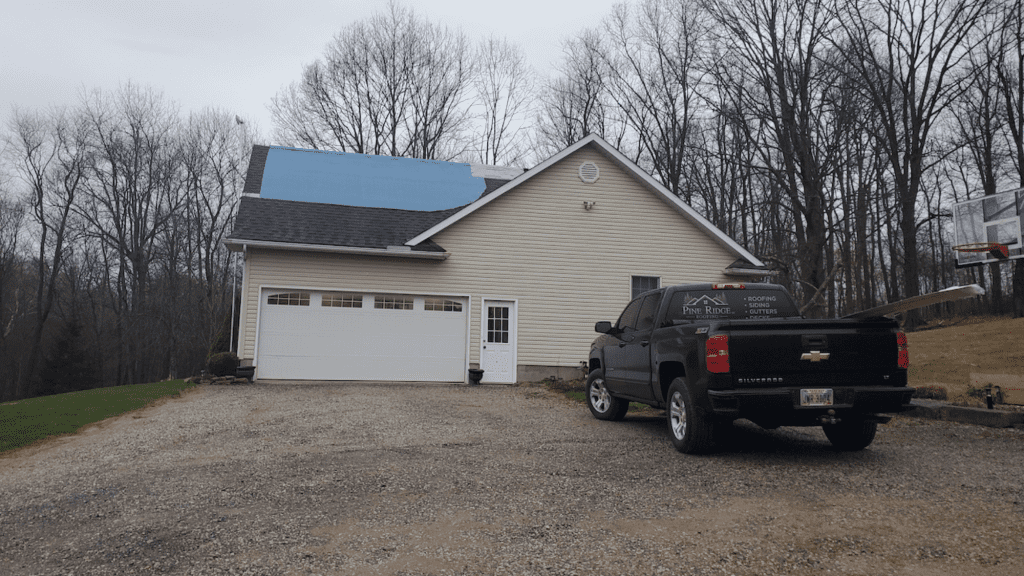
In Plain, roof damage from unpredictable weather conditions is a prevalent concern. Weather elements such as wind, hail, rain, or snow can wreak havoc on roofs, frequently resulting in insurance claims and the need for expensive repairs or replacements.
Safeguarding your home involves identifying signs of storm damage and understanding how these natural forces affect your roofing materials.
A critical question often arises: Is roof damage covered by insurance? To secure coverage for your roof damage expenses through home insurance, it’s crucial to demonstrate that the damage directly resulted from an extreme weather event.
Wind Damage
In Plain, roof damage caused by high winds is a potential silent threat to the well-being of your roof. This damage can take the form of missing shingles, lifted flashing, or cracked tiles, and in extreme cases, the entire roof might be blown away. Despite initially seeming inconsequential, these damages can escalate over time, resulting in leaks and structural problems that necessitate navigating the roof insurance claim process.
Repairing an older roof introduces its own set of challenges, especially when dealing with less flexible and prone-to-cracking shingles. Engaging a qualified roofing specialist for a thorough roof inspection and prompt damage resolution becomes imperative.
Understanding the specifics of wind insurance coverage within your homeowner’s insurance policy is crucial for preparedness, particularly in the face of adverse weather conditions such as storms.
Wind damage can emanate from various weather events like severe storms or hurricanes. Regularly monitoring your roof after such events is crucial, and taking prompt action upon observing visible signs of wind damage is essential. If, for instance, a substantial tree branch is discovered on your roof, it is recommended to have it professionally removed to prevent further damage and potential roof damage claims.
Hail Damage
When a hailstorm makes landfall, it can wreak havoc on your roof, causing dents, punctures, and shingle granule loss. Even though this kind of damage may go unnoticed by the untrained eye, its impact on your roof’s lifespan and effectiveness can be substantial. Hail has the ability to bruise or crack the shingle mat, creating vulnerabilities that allow water to gradually infiltrate your home, potentially resulting in the need for a roof claim.
Roof inspection for hail damage can be challenging, especially after a storm. Insurance adjusters and roofing professionals often consider metal components surrounding the roof, such as:
- Roof vents
- Pipe boots
- Gutters
- Roof flashing
It is essential to exercise caution and avoid inspecting the roof immediately after a storm, especially if it has a steep slope. In cases of significant hail damage, swift action, such as securing tarps to the roof, is imperative to prevent further deterioration from rainwater.
Rain and Snow Damage
Rain and snow may seem harmless, but they can wreak havoc on your roof if not properly managed. Here are some potential issues caused by rain and snow:
- Leaks and water damage
- Structural issues
- Roof collapse due to the weight of accumulated snow
- Ice dams, which can damage your roof and gutters
It’s important to take steps to protect your roof from these potential problems.
Implementing proactive measures like regular inspections, adequate ventilation, and waterproofing is crucial in safeguarding your property against rain and snow damage. Additionally, staying vigilant about your roof’s maintenance and being well-versed in homeowner’s insurance choices, like Actual Cash Value (ACV) and Replacement Cost Value (RCV) policies, can significantly reduce the potential for expensive repairs or replacements resulting from weather-related incidents.
Plain Roof Damage - Insurance Coverage for Weather-Related Issues
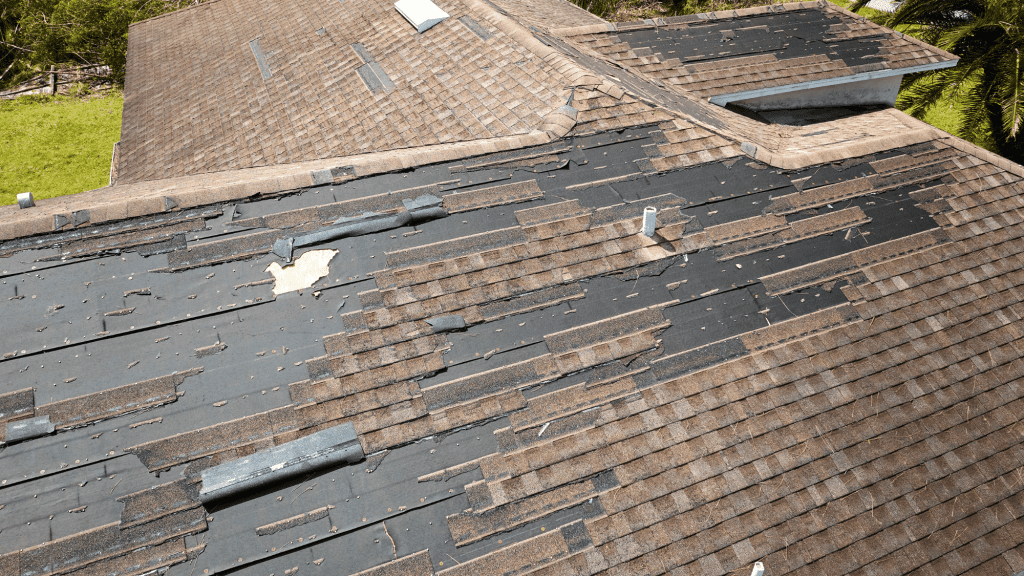
Safeguarding your home from unexpected roof damage in Plain, Ohio, relies heavily on the insurance company’s role in offering crucial financial protection. Navigating the intricacies of insurance coverage, though, can be a challenging task. A profound comprehension of policy distinctions, such as Actual Cash Value (ACV) and Replacement Cost Value (RCV), coupled with an awareness of common exclusions, can substantially impact how your claim is managed and ultimately resolved.
Policy Types: ACV vs RCV
When it comes to roof coverage, an Actual Cash Value (ACV) policy is designed to facilitate the replacement process by reimbursing you for the depreciated value of your roof, minus the deductible. Essentially, this means you’ll receive compensation based on the current value of your roof at the time of damage. However, it’s important to note that this might not cover the entire cost of repairs or replacement.
On the flip side, a Replacement Cost Value (RCV) policy offers more extensive coverage. It covers the entire cost of roof replacement, providing funds for a new roof based on current market prices and materials. Under an RCV policy, you’ll first receive a check for the actual cost value of your roof. After completing the roof replacement, a second check for the remaining amount will be issued, contingent upon meeting all specified requirements.
The choice of a suitable policy for your needs can greatly impact the payout you receive in the event of a roof damage claim, making it an important decision. It is essential to:
- Review your insurance policy
- Understand the differences between ACV and RCV
- Consult with your home insurance company to ensure you have the appropriate coverage for your specific situation.
Common Exclusions
While safeguarding your home from weather-related roof damage in Plain, OH, through homeowners insurance is crucial, understanding common exclusions is equally important to ensure a smooth claims process. Common exclusions include:
- improper installation, where deviating from manufacturer instructions or local building codes can lead to accelerated wear and tear, potentially voiding your roof’s warranty.
- overlooking routine maintenance tasks, like cleaning gutters and debris removal, might result in damages not covered by your policy.
- Some policies may also exclude specific weather events, such as hurricanes or earthquakes.
Thoroughly reviewing your insurance policy is essential to grasp these exclusions and guarantee appropriate coverage for your roof. Inadequate maintenance occurs when regular inspections and maintenance, aligned with manufacturer guidelines and local codes, are neglected, possibly causing premature deterioration and invalidating warranties.
Understanding these exclusions and ensuring proper roof installation, maintenance, and protection against excluded weather events are vital steps to prevent potential claim denials. Staying informed and taking a proactive approach to roof care can minimize the risk of costly repairs or replacements stemming from weather-related damage.
Plain Roof Damage - Filing an Insurance Claim
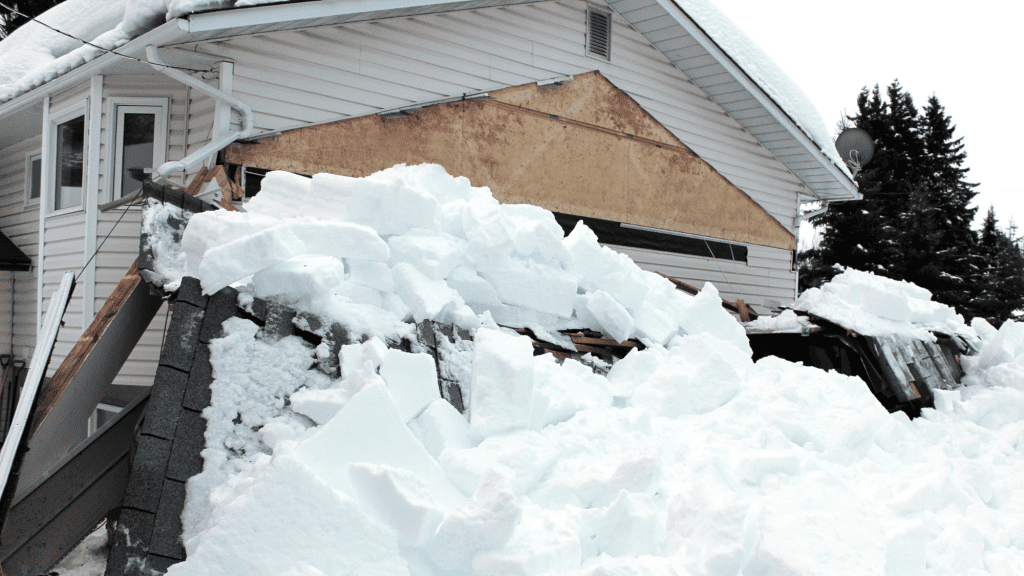
Grappling with roof damage in Plain, OH, and filing an insurance claim demands a careful and thorough strategy. Successfully navigating this process involves adeptly documenting the damage, establishing effective communication with insurance adjusters, and making informed choices when selecting a roofing contractor.
This guide is your roadmap, offering detailed steps and insightful tips to ensure a hassle-free and successful insurance claims experience for roof damage.
Documenting the Damage
Before filing an insurance claim for roofing damage, it is crucial to maintain a detailed documentation process. Follow these steps:
- Photograph the affected areas extensively, emphasizing any missing shingles, raised flashing, or damaged tiles.
- Prepare a comprehensive list of the damage, accompanied by detailed notes, including dates, times, and relevant weather conditions contributing to the damage.
- If preventive measures have been taken, such as securing tarps to the roofing, document these measures through photographs.
After documenting the damage, seek an estimate from a certified roofing contractor to assess the repair or replacement costs. This estimate not only clarifies the extent of the damage but also serves as critical documentation when presenting your claim to the insurance company. Maintaining a thorough and accurate record of the roofing damage significantly improves the chances of a successful claim.
Working with Adjusters
In Plain, roof damage insurance adjusters are integral to the claims process as they evaluate the damage to your roof and calculate the value of your claim payout. Working effectively with adjusters can be the key to getting the best possible outcome for your claim. It is essential to provide accurate information, maintain records of all interactions and documents related to the claim, and remain truthful throughout the process.
If your claim is denied, you have options to pursue a resolution. You can:
- Ask your insurance company for a different adjuster to get a second opinion
- Consult a structural engineer for an inspection and proof of the damage
- Pursue legal avenues as a last resort
By understanding the role of adjusters and being prepared to work with them, you can increase the likelihood of a successful claim and receive the coverage you need to repair or replace your damaged roof.
Choosing a Reputable Roofing Contractor
The choice of a reputable roofing contractor plays a vital role in ensuring both quality work and a smooth insurance claims process. When investigating roofing contractors for insurance claims, it’s essential to consider factors such as their experience with claims, turnaround times, and their ability to collaborate with adjusters. A qualified roofing contractor excels in accurately documenting damage according to insurance companies specifications and providing expert assessments.
Opting for a local and reliable roofing contractor, such as Pine Ridge Roofing, provides peace of mind regarding the handling of your roof repair or replacement. Their team of certified roofers and insurance specialists is committed to assisting with storm repair, restoration, and insurance claims in Plain, OH, and the neighboring areas. Choosing an experienced roofing contractor is a surefire way to guarantee the safety and integrity of your home.
Plain Roof Damage - Preventative Measures and Maintenance
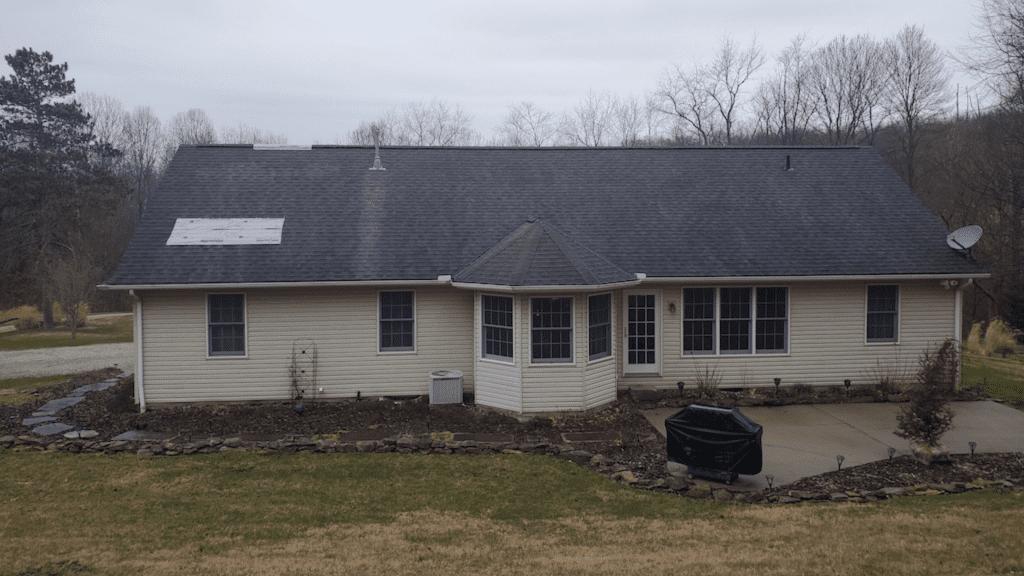
While insurance serves as a financial safeguard against roof damage caused by adverse weather conditions, adopting preventative measures is equally crucial. Routine inspections, proper ventilation, and robust waterproofing are key elements in preserving the integrity of your roof. By prioritizing these preventive actions, you can significantly reduce the risk of weather-related damage, mitigating the need for expensive repairs or replacements in the long run.
Routine Inspections
Regular roof inspections serve as an effective method to spot and tackle potential issues before they escalate into significant problems. Inspections should evaluate the roof for signs of:
- Deterioration
- Missing or damaged shingles
- Debris in the gutters
- Roof ponding
Regular roof inspections are highly recommended, especially in areas prone to extreme weather conditions. Conducting these inspections at least twice a year is essential for proactive maintenance.
By identifying and addressing minor issues early on, you can avoid costly repairs or the need for a complete roof replacement. For a thorough and expert assessment, consider hiring Pine Ridge Roofing, a reputable contractor known for maintaining roof integrity. Schedule your free roof inspection today and ensure the longevity of your roof.
Proper Ventilation and Waterproofing
Preventing moisture buildup, ice dams, and other weather-related roof damage hinges on the implementation of proper ventilation and waterproofing practices. This includes:
- Ensuring good indoor air quality
- Implementing effective home ventilation
- Using exhaust fans and air purifiers
- Installing a reliable ventilation system
- Properly attaching roof ventilation products.
Inadequate attention to these aspects may result in moisture accumulation and ice dams, potentially leading to costly repairs and replacements. By prioritizing proper roof ventilation and waterproofing, you can effectively reduce the risk of damage and maintain the performance and longevity of your roofing materials.
Pine Ridge Roofing: Your Partner in Roof Repair and Insurance Claims
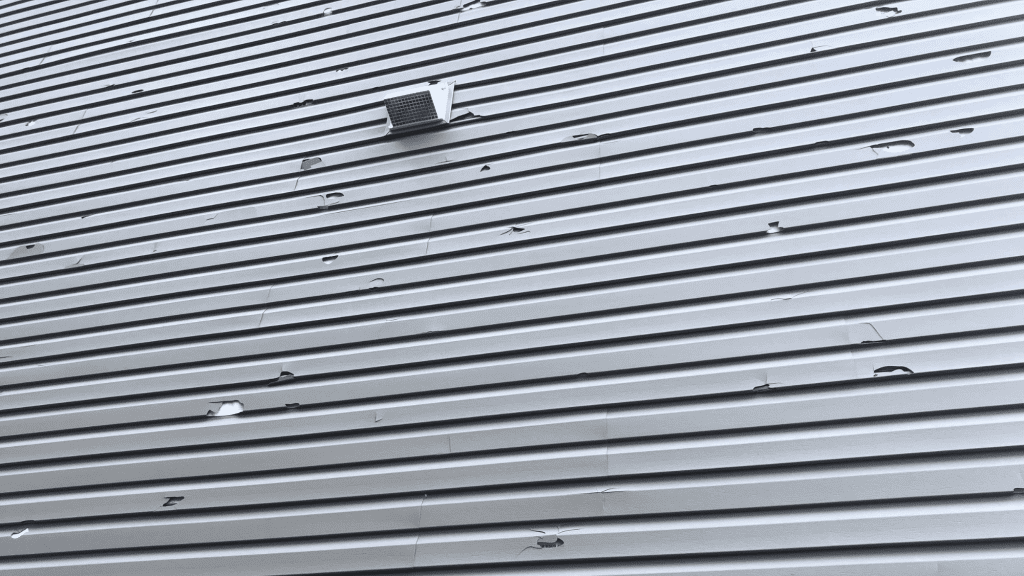
Pine Ridge Roofing, serving Plain, OH, and surrounding areas, specializes in:
- Storm damage repairs
- Insurance claims
- Emergency inspection
- Tarping services
- Assistance with insurance claims for weather-related roof damage
- Roof replacements
- Siding repair and replacement
- Gutter repair and replacement
- Leaf Guard Installation
- Deck building
Boasting a cumulative experience of 25 years, our dedicated team of certified roofers and insurance specialists is focused on delivering exceptional roof repairs. We prioritize the protection and restoration of your home in the aftermath of any weather-related damage event.
Emergency Inspection and Tarping Services
When roof damage is suspected, don’t hesitate to schedule a complimentary emergency inspection with Pine Ridge Roofing. This inspection is instrumental in assessing the damage’s extent, facilitating informed decisions on necessary repairs or replacements. Our team of professionals conducts a comprehensive evaluation of your roof, identifying issues such as missing shingles, raised flashing, or cracked tiles that require immediate attention.
In addition to emergency inspections, Pine Ridge Roofing provides the following services:
- Our tarping services offer temporary protection, preventing further damage to your roof.
- Act promptly by securing your roof with tarps to minimize the risk of additional damage.
- We ensure your home remains safe and secure throughout the insurance claim process.
Insurance Claim Assistance
Navigating the insurance claim process can be overwhelming, but Pine Ridge Roofing is here to help. They offer the following services:
- Assisting with insurance claims
- Representing homeowners
- Negotiating with insurance companies
- Providing quality roof replacement services
Pine Ridge Roofing’s proficiency in insurance claims ensures that you achieve the optimal outcome, letting you focus on the safety and well-being of your family. Their insurance claim support involves:
- scheduling emergency inspections
- tarping damaged areas
- representing homeowners during insurance adjuster meetings
- negotiating with insurance companies
- utilizing high-quality products like Owens Corning shingles and synthetic felt for roof replacements.
With Pine Ridge Roofing, be confident that your roof repair or replacement will be managed with professionalism and efficiency, providing you peace of mind and the security of a well-protected home.
Summary
The challenge of weather-related roof damage in Plain, Ohio is one that every homeowner may face. It’s crucial to comprehend the diverse types of damage, adeptly manage the insurance claim process, and take proactive steps for roof maintenance. Armed with the insights from this comprehensive guide and the support of Pine Ridge Roofing, a reputable contractor, you can face weather-related roof damage with confidence, assuring the safety and security of your home and family.
Frequently Asked Questions
Does Home Insurance Cover Roof Storm Damage?
The coverage of roof storm damage by home insurance depends on the specifics of your policy. Typically, many insurance plans provide coverage for damage resulting from hail, wind, the destruction caused by falling objects, and interior damage due to roof storm damage. For example, if a storm leads to the destruction of your roof and subsequent rainwater damage to the ceiling, your insurance policy will generally cover the repairs to both the roof and ceiling.
Are blown-off shingles covered by insurance?
Insurance providers generally acknowledge the significance of a sturdy roof, often offering coverage for the expenses associated with replacing a roof damaged by unforeseeable events, such as the loss of shingles.
What is considered wind damage to shingles?
Shingle damage resulting from wind is commonly identified by tearing, creasing, or detachment from the roof’s structure. This susceptibility is more pronounced in three-tab shingles, primarily due to the repetitive lifting or flapping they experience. It’s essential to recognize that unsealed shingles typically remain unaffected unless there is evident physical mat damage.
My roof doesn’t leak. Does this mean my roof is okay?
Just because your roof doesn’t exhibit leaks, it doesn’t necessarily indicate that your roof is in perfect condition. In numerous instances, roof damage isn’t immediately visible, and leaks might not manifest during the next rainfall. Concealed damage can persist unnoticed for an extended period. Skilled roofing professionals, as we have at Pine Ridge Roofing, possess tools and techniques that enable them to identify moisture beneath roofing materials and identify areas of damage that might otherwise go unnoticed. Schedule your free inspection now!
What is the most common roof damage?
Roof damage in Plain, Ohio is a prevalent issue leading to leaks. This commonly arises from compromised shingles, inadequately installed flashing near chimneys or gutters, and around vents or pipes.
